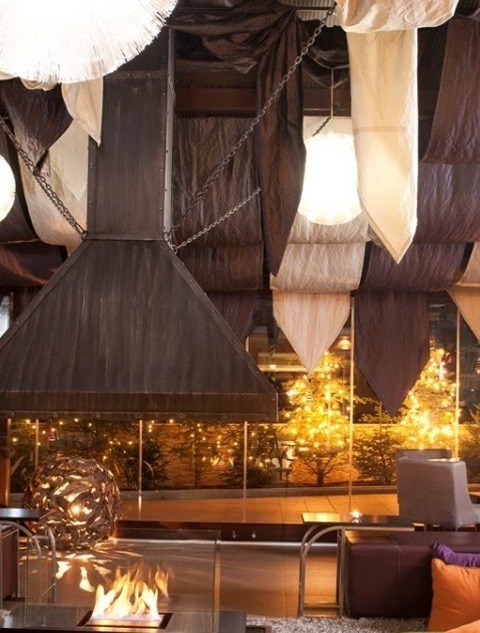#Bansko
Text

#travel#traveling#europe#travel tips#travel destinations#travel the world#visit europe#places to visit#travelew#bansko#bulgaria
0 notes
Text
班斯科 Bansko 滑雪

班斯科滑雪費用:
一對一教練,兩小時180~190 lev (約台幣3,000~3,300,如果時數多平均價格會降低一點)
雪場纜車Pass,一日96 lev (約台幣1,600),包括上下山的包廂纜車gondola和所有座椅纜車lift,另外有午後的半日券75 lev,和3、5、6、9、13等多日券。
滑雪裝備(雪板+鞋+杖),一日20~30 lev (約台幣350~520,天數越多越便宜)。
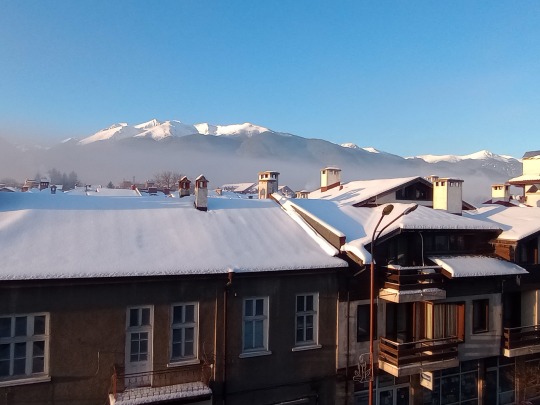

在這裡,鎮上就是只有一個大雪場BanskoSki,有包廂纜車(gondola)從鎮上直接上山頭。雪場纜車pass就是包括這個上山頭的包廂纜車,和全山頭的所有座椅纜車lift,初學者即使只用得到魔毯或Tbar,價錢也是一樣的。

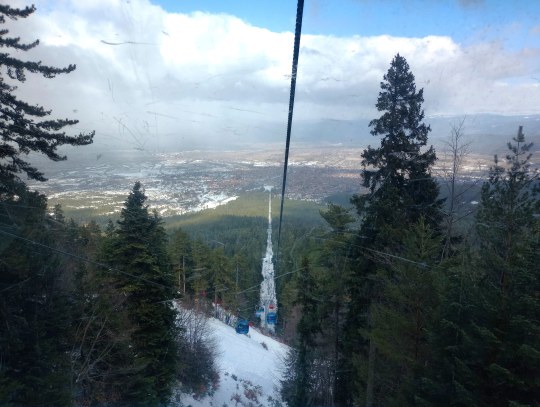

單買一日券是96 lev (2024年價格,約台幣1600),半日券75 lev (約台幣1,300) 是當日中午12:00才開始販售,只能滑12:30以後。
其他還有3、5、6、9、13日等多日券,買票當天起連續計算 (或前一天下午四點以後可以買隔天起算的票券),中間如有天氣狀況纜車無法行駛,並不會退款。
我直接買20日票 1,400 lev,這個可以不用連續計算日期,只要在雪季內可以任意20天,平均一日約台幣1200。
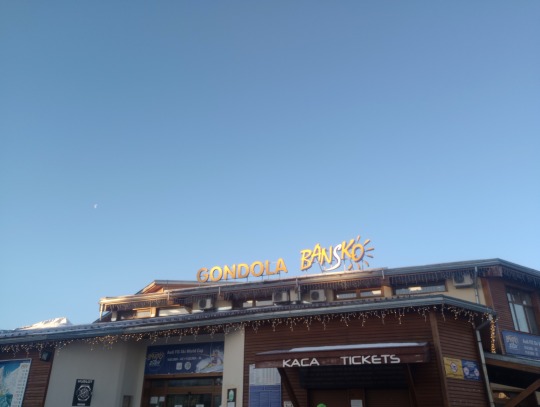

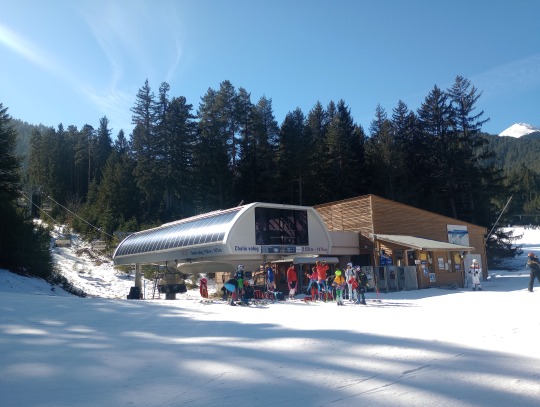
小鎮靠近雪場的地方到處都是租借裝備或提供教學的店家,雪板、雪鞋、頭盔、面鏡、衣服、手套,什麼都可以租借,價錢同樣是以日計算。
租Ski+Poles+Boots一日約台幣500,租六日以上,平均一日約台幣350。租用期間裝備可以放在店裏,然後每天去店裡拿的都是同一套。
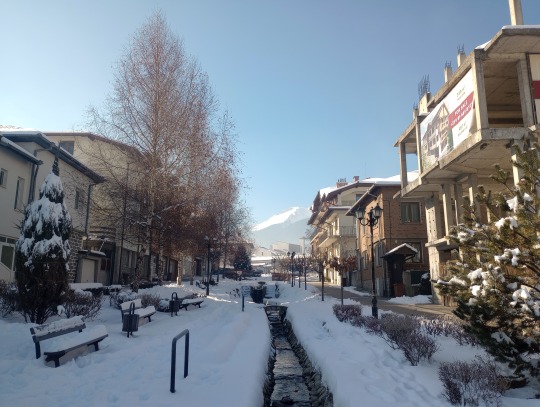

我是在靠近纜車站的當地店家BSR租借裝備,老闆和員工都很親切,店裡也提供咖啡給客人喝,服務周到價格合理。
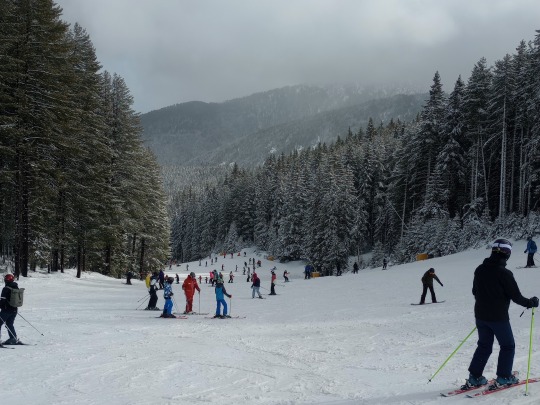
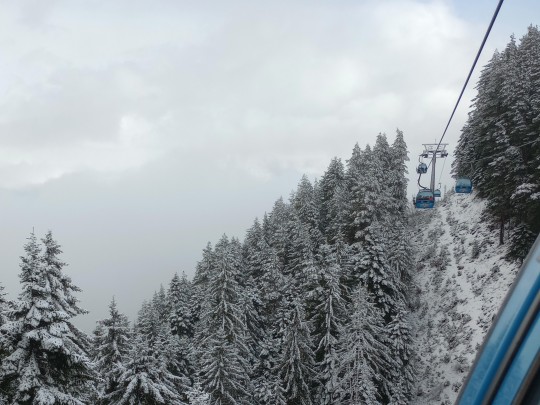
班斯科小鎮的住宿選擇很多,但是只有一間青旅,一張床位一晚要台幣550,我乾脆去住台幣700一晚的民宿,單人房還有陽台。


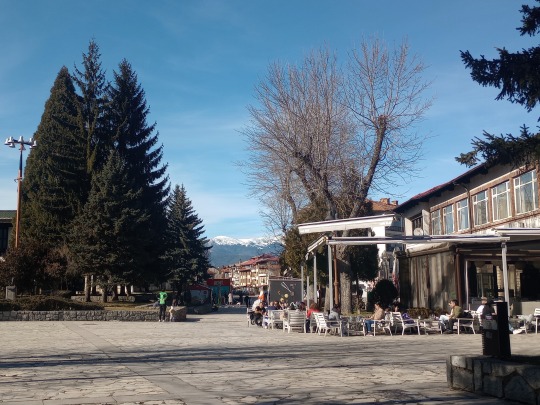
0 notes
Text
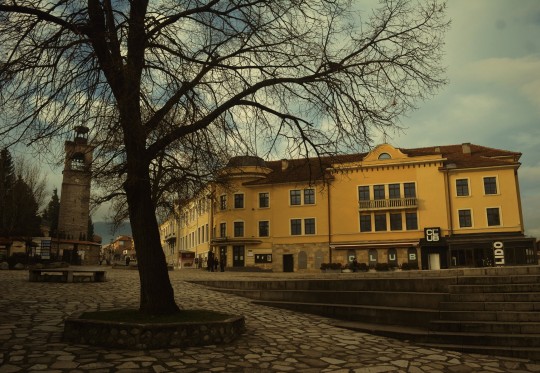

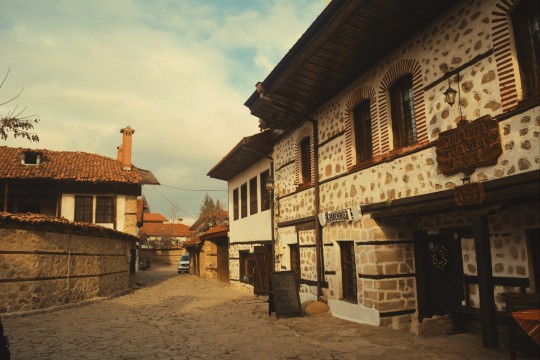
🖤Bansko 🖤
#street photography#photo#picture#photography#bansko#bulgaria#dark acadamia aesthetic#dark#winter#mountains#girlblogging#balkans#balkan#fall vibes#winter vibes
0 notes
Text
Tabara Campionilor
Sezonul acesta continuam colaborarea cu Federatia Internationala de Schi prin organizarea mai multor evenimente in tara, dar si prin prezenta la Cupa Mondiala! De data aceasta nu vom mai merge la Campionatele Mondiale sau la Finala Cupei Mondiale ca pana acum, ci ne vom rezuma la concursul de Cupa Mondiala de la Bansko din 10-11 februarie! Asadar in februarie va invitam in Tabara Campionilor sa…

View On WordPress
0 notes
Video
Explore the charm and beauty of Bansko, a charming city nestled in the stunning Bulgarian mountains. Witness its rich culture, awe-inspiring architecture, and exhilarating outdoor activities. 🏔️✨
#Bansko#Bulgaria#MountainBeauty#CulturalHeritage#AdventureSeekers#CharmingCity#ExploreBansko#BulgarianMountains#OutdoorParadise#TravelInspiration
0 notes
Photo

New year new me an all that…. I’ve been MIA on my socials for the last couple of weeks and it’s been great to have a break but glad to be back! How has everyone been????🤍 #grunge #dv8fashion #alt #tattooed #outfitinspo #belfast #niblogger #streetstyle #tattooedwomen #bansko #banskoski #bulgaria #germany #usa #oz #australia #austria #riga #poland #ireland #dublin #chicago #boston #amsterdam #amsterdamcity #netherlands #europe #2023 #newyear (at Ireland (country)) https://www.instagram.com/p/Cm8uTP0IjY4/?igshid=NGJjMDIxMWI=
#grunge#dv8fashion#alt#tattooed#outfitinspo#belfast#niblogger#streetstyle#tattooedwomen#bansko#banskoski#bulgaria#germany#usa#oz#australia#austria#riga#poland#ireland#dublin#chicago#boston#amsterdam#amsterdamcity#netherlands#europe#2023#newyear
1 note
·
View note
Text
i think this is the greek in me showing but hws bulgaria as a skiier is sooo important to me actually (context is that every person from the balkans hears the word bansko and foams at the mouth because we all travel there for skiing) him teaching romania how to ski.... sharing a hot chocolate at the chalet.... ogufhghgh.... and then traveling to banya next door and going to the hot springs together.... blush emoji!!!!
#I HAVENT BEEN TO BANSKO ACTUALLY which is sick and twisted#but im sure i will someday. its a rite of passage#literally “we have alps at home” “alps at home: balkan”#i should write this as a fic!!! would need to research a lot bc ive not Been but oooh thatd be fun#maia talks#robul
413 notes
·
View notes
Text
Villa-Bulgaria
Our company specializes in renting villas in Bulgaria. We offer our clients an easy and convenient way to find and rent unique villas in picturesque locations. With detailed descriptions, stunning photos, and an intuitive website, we ensure travelers have a pleasant and hassle-free experience when choosing their temporary residence in Bulgaria.
Website: https://villa-bulgaria.com/
1 note
·
View note
Text



Bansko - Old town (2) (3) by Lyura
#historic buildings#flowers#roses#austrian copper rose#geraniums#cats#roaming the streets#bulgaria#blagoevgrad province
5 notes
·
View notes
Text

#taxi#airporttaxi#7rockscab#airport_transfer#airportplovdiv#airporttaxiservice#bulgaria#cab#mercedestaxi#travel#plovdiv
4 notes
·
View notes
Text
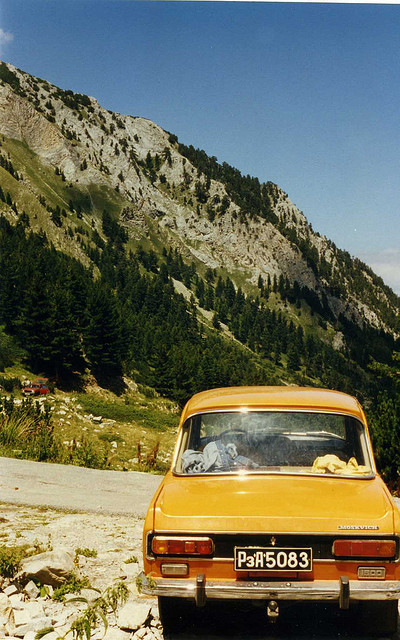
Bulgarian Moskvich ,near Chalet Vihren, Bansko. c 1997
3 notes
·
View notes
Photo
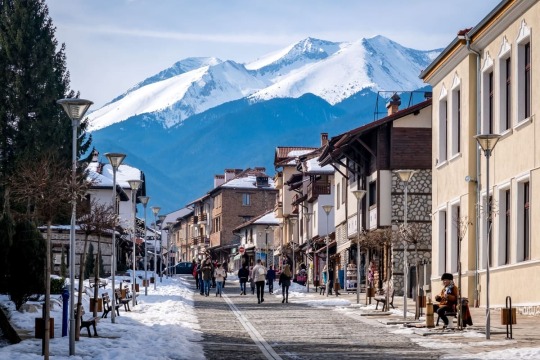
I love this city.
My heart is there.
My soul is there, my breath, my eyes, my stars, my water, my sun...
My city.
3 notes
·
View notes
Photo
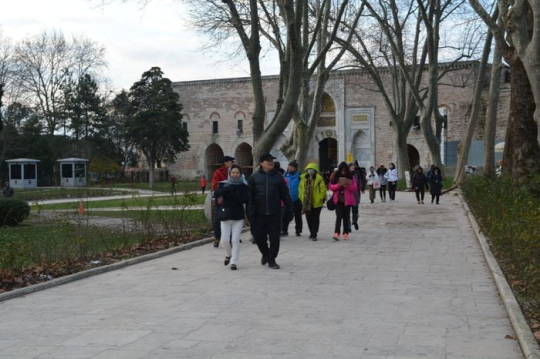
Bulgarian Icon Painting
Medieval Traditions and Monasteries
Bulgarian icon painting has roots in the rich medieval traditions of Athos and the old Bulgarian monasteries such as the Rila Monastery, the Bachkovo Monastery, and others near Sofia, Plovdiv, and Turnovo. These monasteries were not only centers of religious and spiritual life but also hubs of literary and educational activities. They played a crucial role in preserving Bulgarian culture and fostering the idea of national independence. The monks and artists in these monasteries worked hard to keep the tradition of icon painting alive, contributing to the spiritual and cultural maturation of the Bulgarian people.
The Bond Between Icon Painting and National Art
Another important aspect of Bulgarian icon painting is its connection to national art and folklore. This bond gave the art a distinctly democratic character. In the 17th century, Bulgaria experienced an economic boom, with many towns thriving and producing goods for the Ottoman Empire and trading with Western and Central Europe. This economic progress naturally fueled the development of art. Many beautiful icons from this period have survived, originating from bustling towns like Nessebur, Plovdiv, Turnovo, Etropole, Vratsa, and Lovech, which were also artistic centers.
The National Revival and Enlightenment
The 18th and 19th centuries marked the peak of the Bulgarian National Revival and Enlightenment. During this time, national art schools were established in several towns, including Samokov, Tryavna, Bansko, and Strandja. Each of these schools had its own unique style and techniques. Some notable painters from these schools were Hristo Dimitrov, Zahari Zograf, and Stanislav Dospevski from Samokov; Papa Vitanov and Zahari Tsanyov from Tryavna; Toma Vishanov and Dimiter Molerov from Bansko; and Alexo Odrinchanin and Nikola Konstantinov from Strandja Tours Bulgaria.
These artists created remarkable works that are significant in the history of Orthodox Balkan art. For example, Zahari Zograf painted in the Great Monastery of St. Athanasius in Athos, while Mitrophan Zograf from Strandja worked in the St. George Monastery in Sveta Gora. Painters like Ditcho Zograf and others from Debar decorated many churches in the southeastern Balkan countries. True to the spirit of the Revival, these artists transformed the traditional rigid canonical style into a more vibrant and life-affirming art, using bright and cheerful colors instead of the usual austere tones.
The Legacy of Bulgarian Icons
The history of Bulgarian icons reflects the resilience of a small yet passionate Balkan nation. This art form has developed and flourished over ten centuries. Today, the beauty and significance of Bulgarian icons are recognized worldwide, with exhibitions in cities like Paris, London, Moscow, Leningrad, Tokyo, and Mexico City attracting significant interest.
Now displayed in national museums and galleries, Bulgarian icons captivate viewers with their serene and majestic beauty. They stand as a testament to Bulgaria’s contribution to Orthodox art and culture, inviting us into a world of grace and artistic excellence.
0 notes
Photo

Bulgarian Icon Painting
Medieval Traditions and Monasteries
Bulgarian icon painting has roots in the rich medieval traditions of Athos and the old Bulgarian monasteries such as the Rila Monastery, the Bachkovo Monastery, and others near Sofia, Plovdiv, and Turnovo. These monasteries were not only centers of religious and spiritual life but also hubs of literary and educational activities. They played a crucial role in preserving Bulgarian culture and fostering the idea of national independence. The monks and artists in these monasteries worked hard to keep the tradition of icon painting alive, contributing to the spiritual and cultural maturation of the Bulgarian people.
The Bond Between Icon Painting and National Art
Another important aspect of Bulgarian icon painting is its connection to national art and folklore. This bond gave the art a distinctly democratic character. In the 17th century, Bulgaria experienced an economic boom, with many towns thriving and producing goods for the Ottoman Empire and trading with Western and Central Europe. This economic progress naturally fueled the development of art. Many beautiful icons from this period have survived, originating from bustling towns like Nessebur, Plovdiv, Turnovo, Etropole, Vratsa, and Lovech, which were also artistic centers.
The National Revival and Enlightenment
The 18th and 19th centuries marked the peak of the Bulgarian National Revival and Enlightenment. During this time, national art schools were established in several towns, including Samokov, Tryavna, Bansko, and Strandja. Each of these schools had its own unique style and techniques. Some notable painters from these schools were Hristo Dimitrov, Zahari Zograf, and Stanislav Dospevski from Samokov; Papa Vitanov and Zahari Tsanyov from Tryavna; Toma Vishanov and Dimiter Molerov from Bansko; and Alexo Odrinchanin and Nikola Konstantinov from Strandja Tours Bulgaria.
These artists created remarkable works that are significant in the history of Orthodox Balkan art. For example, Zahari Zograf painted in the Great Monastery of St. Athanasius in Athos, while Mitrophan Zograf from Strandja worked in the St. George Monastery in Sveta Gora. Painters like Ditcho Zograf and others from Debar decorated many churches in the southeastern Balkan countries. True to the spirit of the Revival, these artists transformed the traditional rigid canonical style into a more vibrant and life-affirming art, using bright and cheerful colors instead of the usual austere tones.
The Legacy of Bulgarian Icons
The history of Bulgarian icons reflects the resilience of a small yet passionate Balkan nation. This art form has developed and flourished over ten centuries. Today, the beauty and significance of Bulgarian icons are recognized worldwide, with exhibitions in cities like Paris, London, Moscow, Leningrad, Tokyo, and Mexico City attracting significant interest.
Now displayed in national museums and galleries, Bulgarian icons captivate viewers with their serene and majestic beauty. They stand as a testament to Bulgaria’s contribution to Orthodox art and culture, inviting us into a world of grace and artistic excellence.
0 notes
